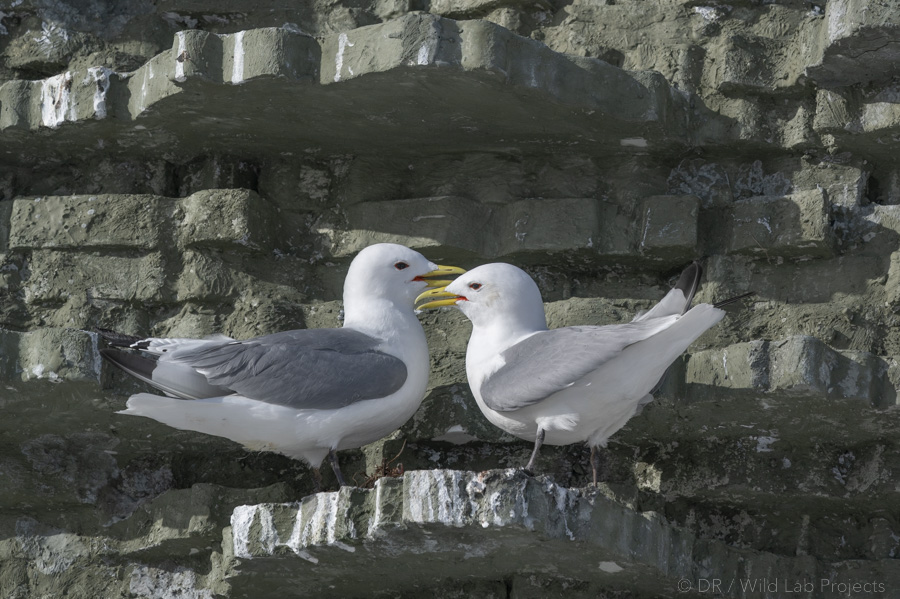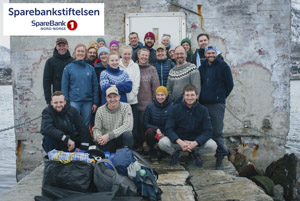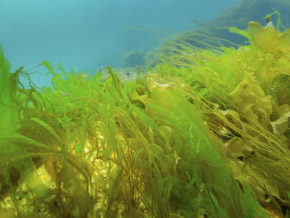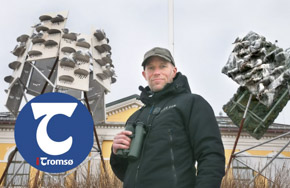June 13, 2023
We are very pleased to announce that the Hurtigruten Foundation has awarded Wild Lab Projects a grant in support of the kittiwake citizen science project!

COEXISTENCE with kittiwakes is the goal of this long-term project. We choose public engagement to gather knowledge, raise awareness and increase public support. This grant from the Hurtigruten Foundation will allow us to monitor the kittiwakes more closely during this ongoing breeding season, develop collaborations with local schools and welcome more participants. And of course, we will keep working closely with the Norwegian institute for nature research (NINA), who co-designed the methods, and collect and analyze our observations.
A true climate refugee
The black-legged kittiwake is a red-listed species of seagull. In Norway, the situation is such that the species is now listed as endangered. Why is the kittiwake doing so bad? The reasons are several, but they are all consequences of large environmental changes causing long-term breeding failure. Our relentless extractive activities have made the world unfavorable to the kittiwake: too warm and food-depleted, among other things. While the population in the North Atlantic collapses, more and more kittiwakes find shelter in some of our cities, and build nests on buildings. This intrusion of nature in our urban spaces is a source of conflicts. Kittiwakes can be loud and guano smells. Besides, kittiwakes are often mistaken for the two other species of seagulls – the common gull and the herring gull – bigger and bolder. But kittiwakes do not eat trash or French fries: they forage only at sea and they do not approach people. Still, ignorance leads to rejection and to aversion, and some inhabitants wish to get rid of the kittiwakes, by all possible means.
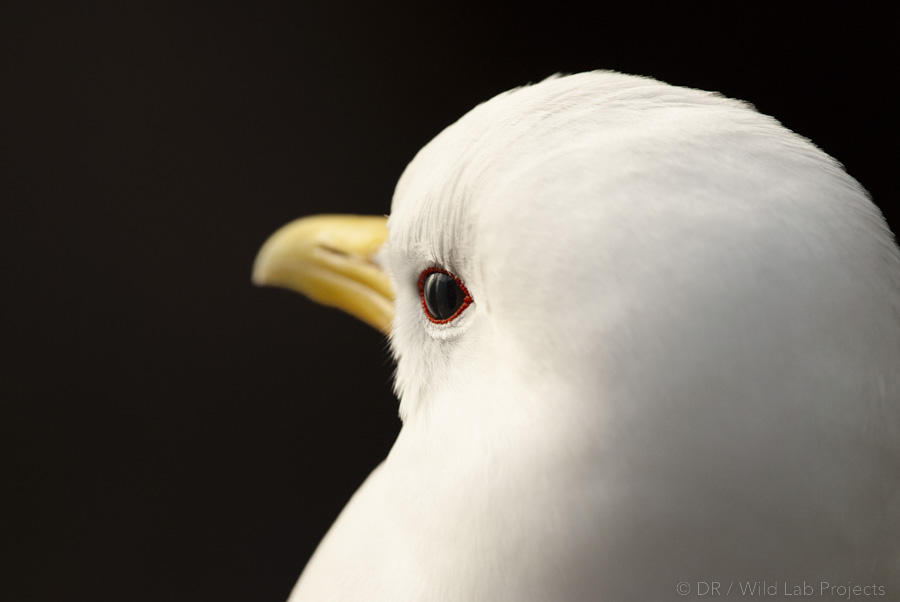
The kittiwake as a symbol
As we are experiencing the 6th mass global extinction, this project asks a sensitive question: How do we, humans, want to share our planet with the other species? Even in Norway, where nature is apparently widely spread and abundant, favorable natural habitats are spatially restricted and therefore valuable to countless species. With climate change and encroachment, favorable habitats shrink even more. Although the Arctic looks remote on a map, it is warming up faster than most places on Earth, in fact too fast for many species to adapt. Moreover, the Arctic is increasingly contaminated by plastics and toxic chemicals. The collapse of the black-legged kittiwake populations is a result of these environmental changes.
We could invoke the law (kittiwakes are strictly protected) or our responsibility as a species (they are in danger of extinction). But it is mostly our empathy for all forms of life that makes us (at Wild Lab) want to do something for the kittiwakes: make some room for them in Tromsø, inform the local population, raise awareness, solve conflicts, generate scientific knowledge, find technical solutions and … COEXIST. This is what our project is about.
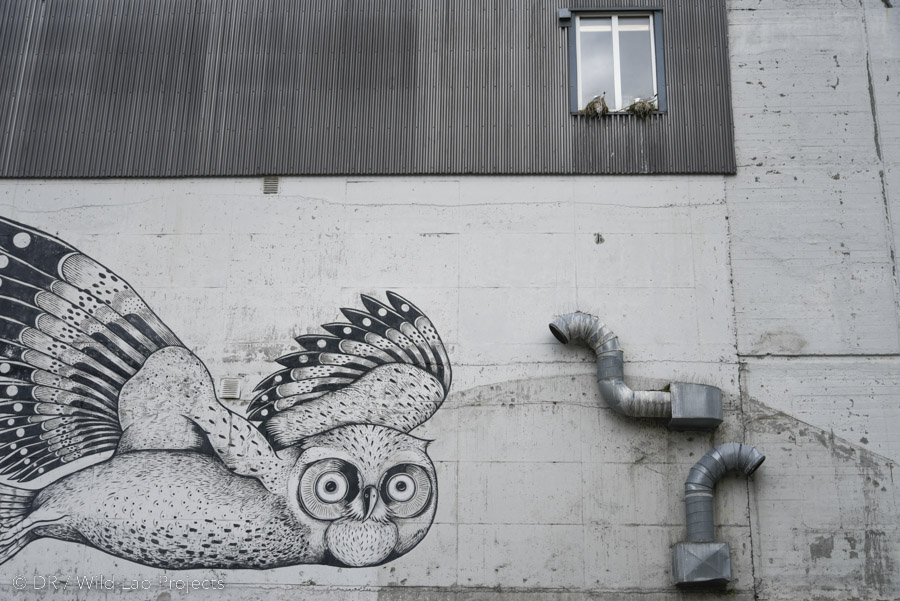
What’s next ?
In the City Center:
During the breeding season 2023, we will follow a route that meanders through the city center where kittiwakes are present, map the kittiwakes’ nests, and record a series of observations (number of birds, breeding status, presence of ringed birds, ring number or code, etc.). We will identify potential conflicts with building owners and users, start a dialogue and offer possible solutions that ease the tensions, in collaboration with other partners. Monitoring the nests in the city center is an efficient way to keep track of the new nests, the evolution of the population, and eventually adjust the compensatory measures.
Around the “kittiwake hotels”:
Tromsø municipality financed several prototypes of kittiwake hotels designed and built by two local artists: Kåre Aleksander Grundvåg and Lawrence Malstaf. We will map the artificial walls and number the nests, describe the breeding status (empty nest, number of eggs, number of chicks, age of the chicks, etc.) and record the adults present (not ringed, metal ring only, ring number on the plastic ring). Monitoring the breeding activity on the kittiwake hotels will bring valuable knowledge to provide alternative breeding sites in the coming years, ideally for all the kittiwakes in Tromsø.
Citizen Science:
The methods designed by the Norwegian institute for nature research are compatible with citizen science, so that the tasks can be done by anyone after a short training and with a little supervision. Over the next months, we will welcome as many participants as we can, to monitor the kittiwakes and advocate coexistence.
